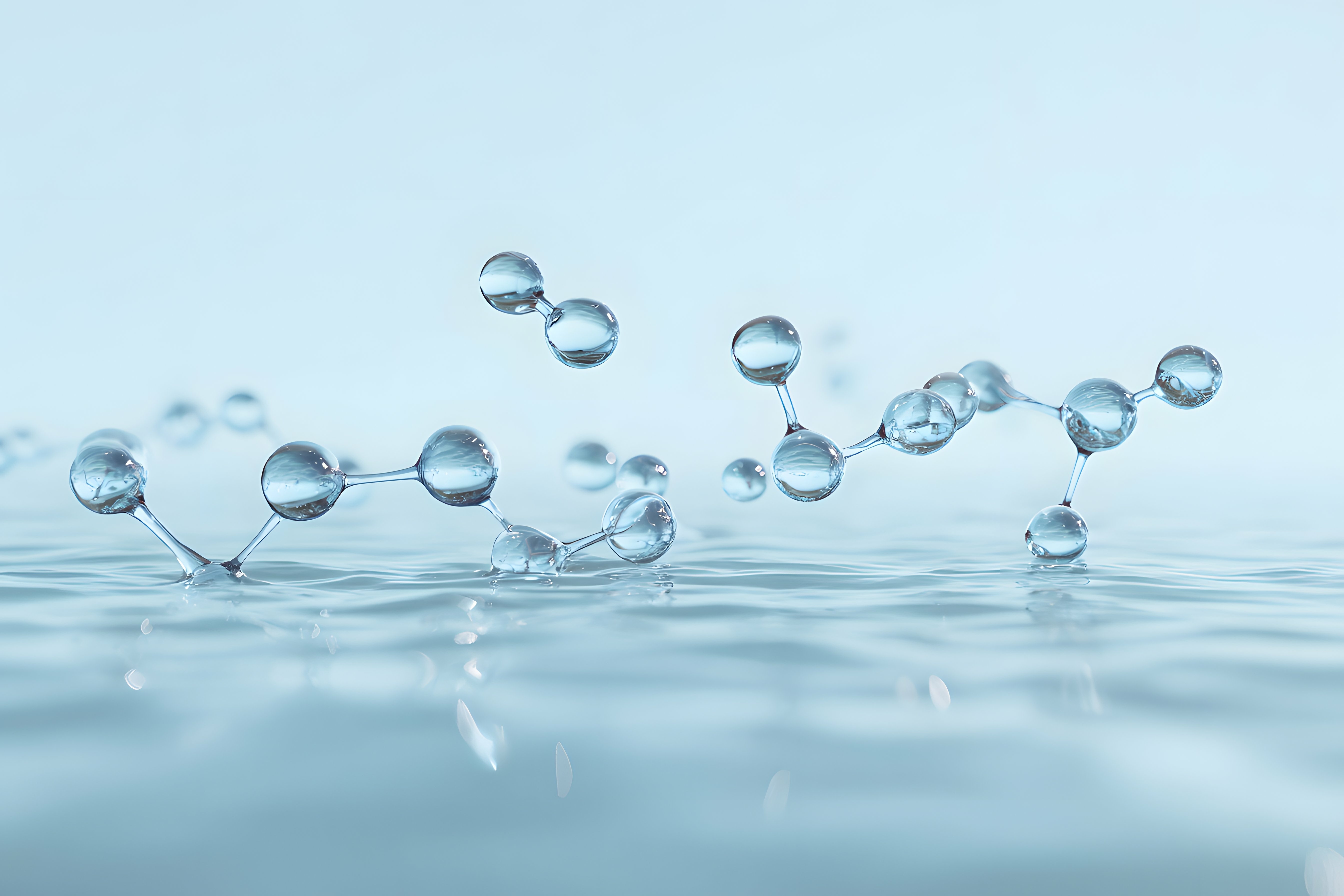ALBA Synchrotron

A multidisciplinary team from institutions in Germany, Argentina, and Spain has revealed new understanding of amorphous hydrous iridium oxides (am-hydr-IrOx) and their role in sustainable energy production. Using advanced synchrotron techniques, the researchers monitored both electronic and geometric structures of these materials under real operating conditions. Their findings, published in Energy & Environmental Science, could lead to more efficient and durable catalysts for green hydrogen production.
Water electrolysis plays a crucial role in converting renewable energy from sources like wind and solar into hydrogen. A key challenge in this process is the oxygen evolution reaction (OER), which requires highly effective anode catalysts. While iridium-based materials are the gold standard for OER catalysts in proton exchange membrane water electrolyzers (PEM-WE), iridium's scarcity raises significant concerns about their long-term scalability. Among the most promising candidates are amorphous hydrous iridium oxides (am-hydr-IrOx), though their study with some wide-spread techniques, like x-ray diffraction, is challenging, because of their lack of long-range atomic order. Moreover, most structural models used to explain the limiting (electro)chemical mechanisms of am-hydr-IrOx are based on ordered crystalline phases, making them inadequate for understanding amorphous materials.
A new study, published in Energy & Environmental Science, combines synchrotron-based characterization techniques with density functional theory (DFT) calculations to develop a comprehensive model for amorphous hydrous iridium oxides. The collaborative work involved researchers from Helmholtz Zentrum Berlin and the Fritz-Haber-Institut in Germany, and the ALBA Synchrotron. By investigating hydrous iridium oxide thin films (HIROFs), the researchers showed that iridium dissolution can occur spontaneously and is thermodynamically driven, and is not always a direct consequence of the oxygen evolution reaction (OER).
The team prepared HIROF thin films through controlled electrochemical oxidation of metallic iridium substrates using cyclic voltammetry. This process created a highly porous, hydrated am-hydr-IrOx with a disordered three-dimensional structure containing numerous edges and bulk defects. As revealed in the study, these features enhance OER activity, but they also contribute to material instability.
Ex situ characterization using cryo-TEM confirmed the amorphous and porous nature of the films. X-ray photoelectron spectroscopy (XPS) revealed hydroxyl groups and a progressive increase in iridium oxidation state with increasing film thickness. Electrochemical measurements helped define three distinct potential regimes-–pre-redox, redox and OER regimes—, which mark important transitions in the catalyst's structural and electronic behavior.
To understand atomic-scale transformations, the researchers applied in situ and operando spectroscopic techniques at two synchrotron beamlines: KMC-3 at BESSY II (Germany) and NOTOS at ALBA. They performed in situ Ir L₃-edge X-ray absorption near-edge structure (XANES) and extended X-ray absorption fine structures (EXAFS) under electrochemical control to monitor changes in iridium oxidation state and Ir–O bond lengths. The results showed progressive oxidation and structural distortion as the applied potential increased. Operando Fixed Energy X-ray Absorption Voltammetry (FEXRAV) established a direct link between electronic transitions and electrochemical activity. Near-ambient pressure hard X-ray photoelectron spectroscopy (NAP-HAXPES) provided complementary surface-sensitive insights into oxidation states at hydrated conditions.
To explain their observations, the team developed a novel atomistic model — a hydrogen-terminated nanosheet structure — that departs from previous crystalline-based approaches. This model offers a more accurate representation of the amorphous phase and, when used in DFT simulations, revealed diverse reactive sites that affect OER activity and iridium dissolution differently.
The research established a dual-mechanistic framework where deprotonation and oxidation drive the OER pathway, while a separate, independent process leads to spontaneous Ir loss through defect formation. Both mechanisms exist simultaneously and evolve as the applied potential changes. When compared with operando EXAFS measurements, the simulated structures showed strong agreement, validating the model and identifying probable active sites and degradation pathways.
This study significantly advances our understanding of amorphous hydrous iridium oxides by revealing key insights into their structural dynamics and electrocatalytic behavior. By effectively understanding activity and degradation, the research provides a new framework for improved catalyst design.
Future research can leverage this dual-mechanism approach to study other amorphous iridium-based anode materials or explore alternative compositions. The goal remains to maintain high catalytic activity while reducing metal loss, supporting more scalable and sustainable green hydrogen production technologies.

The electronic and structural features of amorphous, hydrous iridium oxides (am-hydr-IrOx), top left, can be described using the nanosheet atomistic mode, bottom right. On the right, comparison between experimental Ir-O bond length extracted from Ir L3-edge EXAFS measured at NOTOS@ALBA and the bond lengths corresponding to the structures derived from the nanosheet model after spontaneous thermodynamic generation of Ir defects predicted by ab initio DFT calculations at potentials starting around 1.0 VRHE.